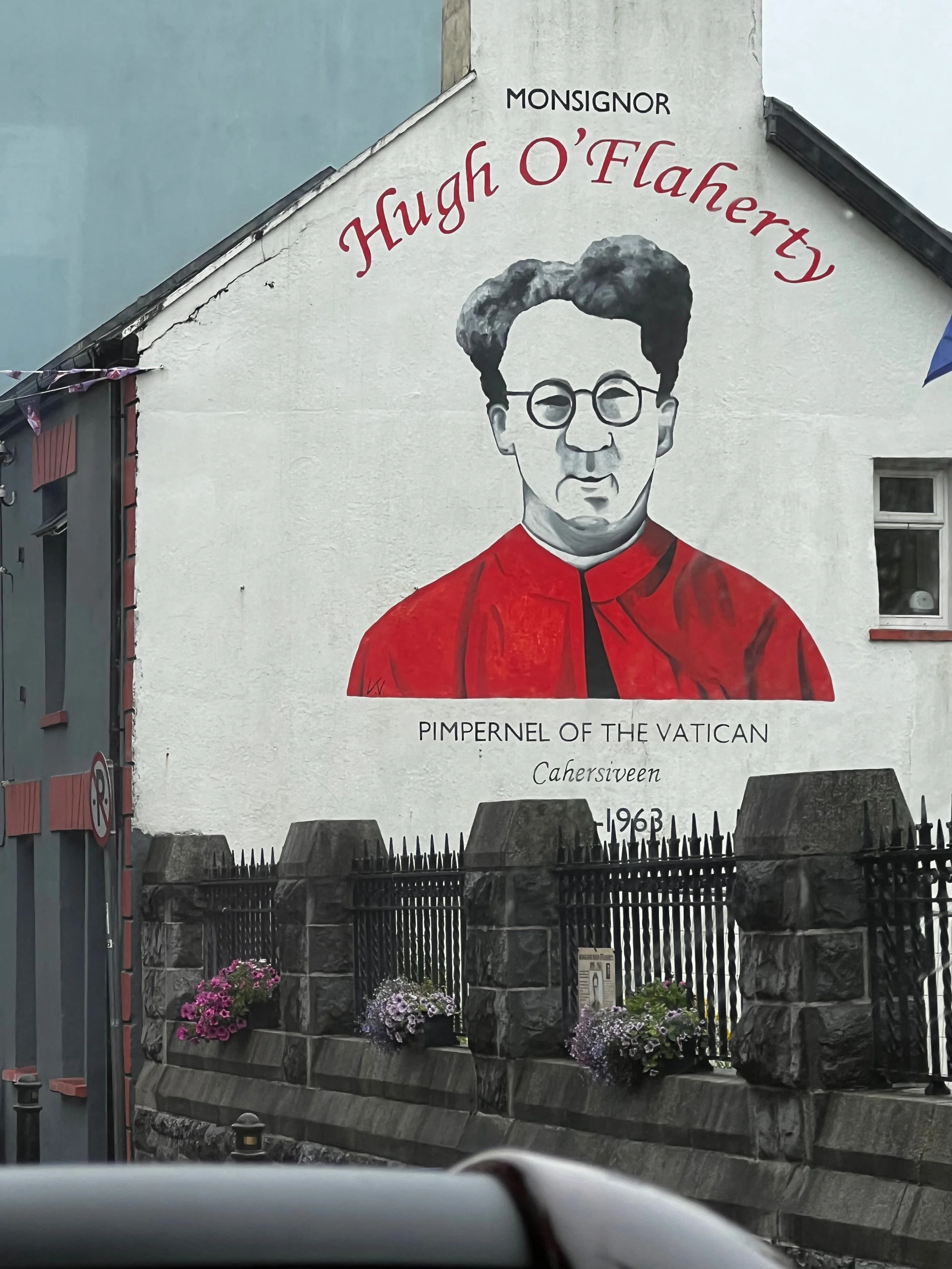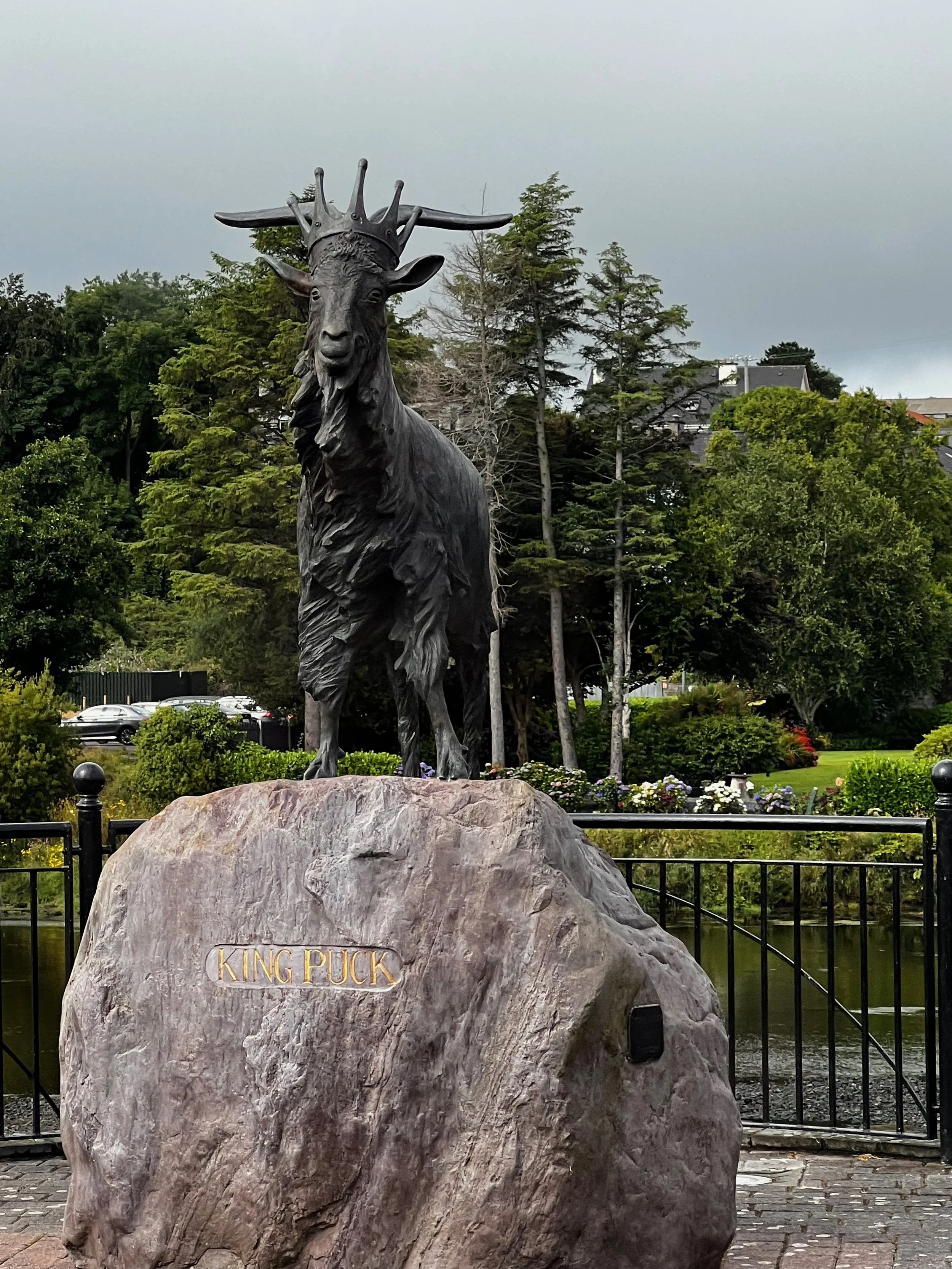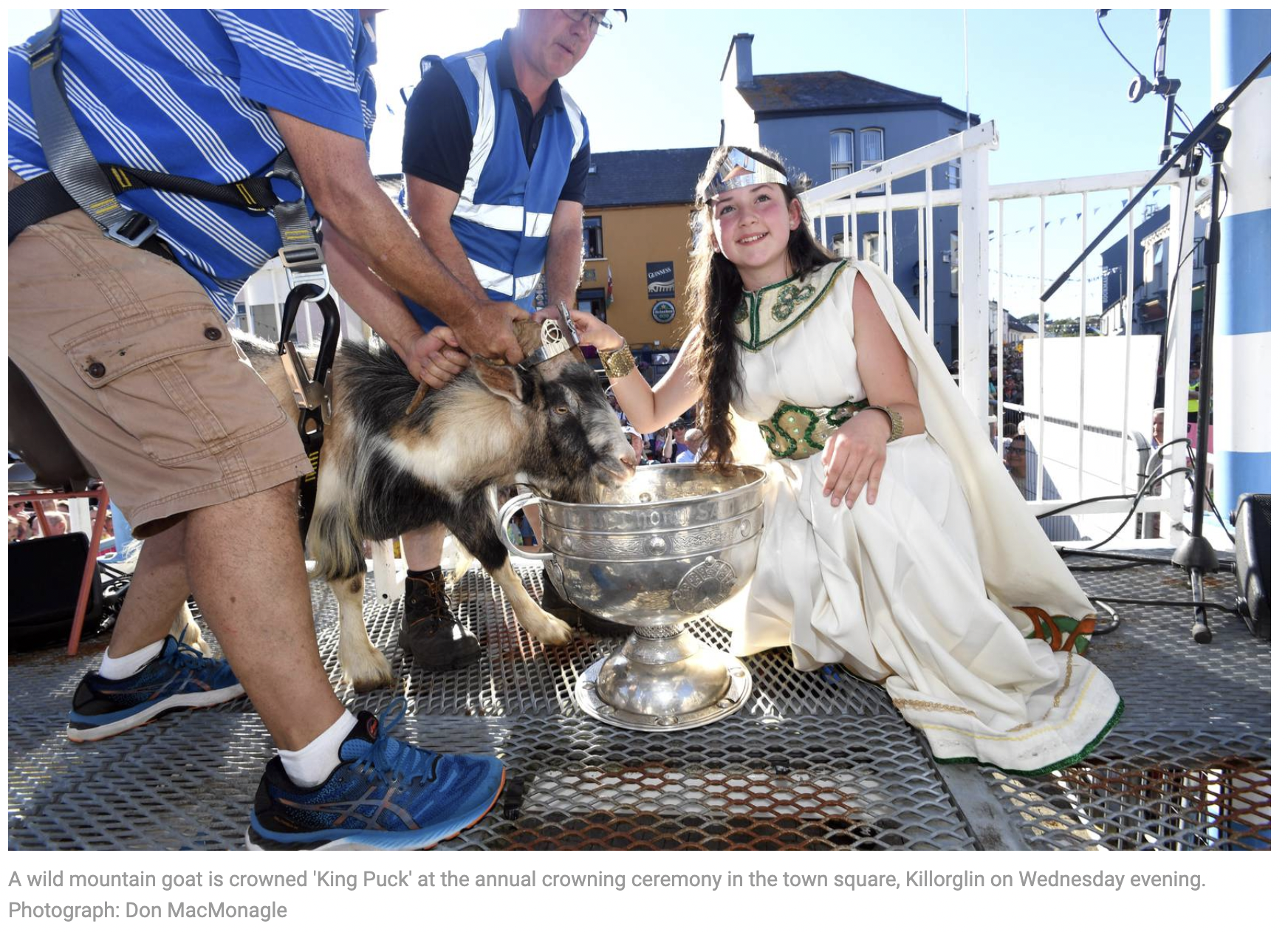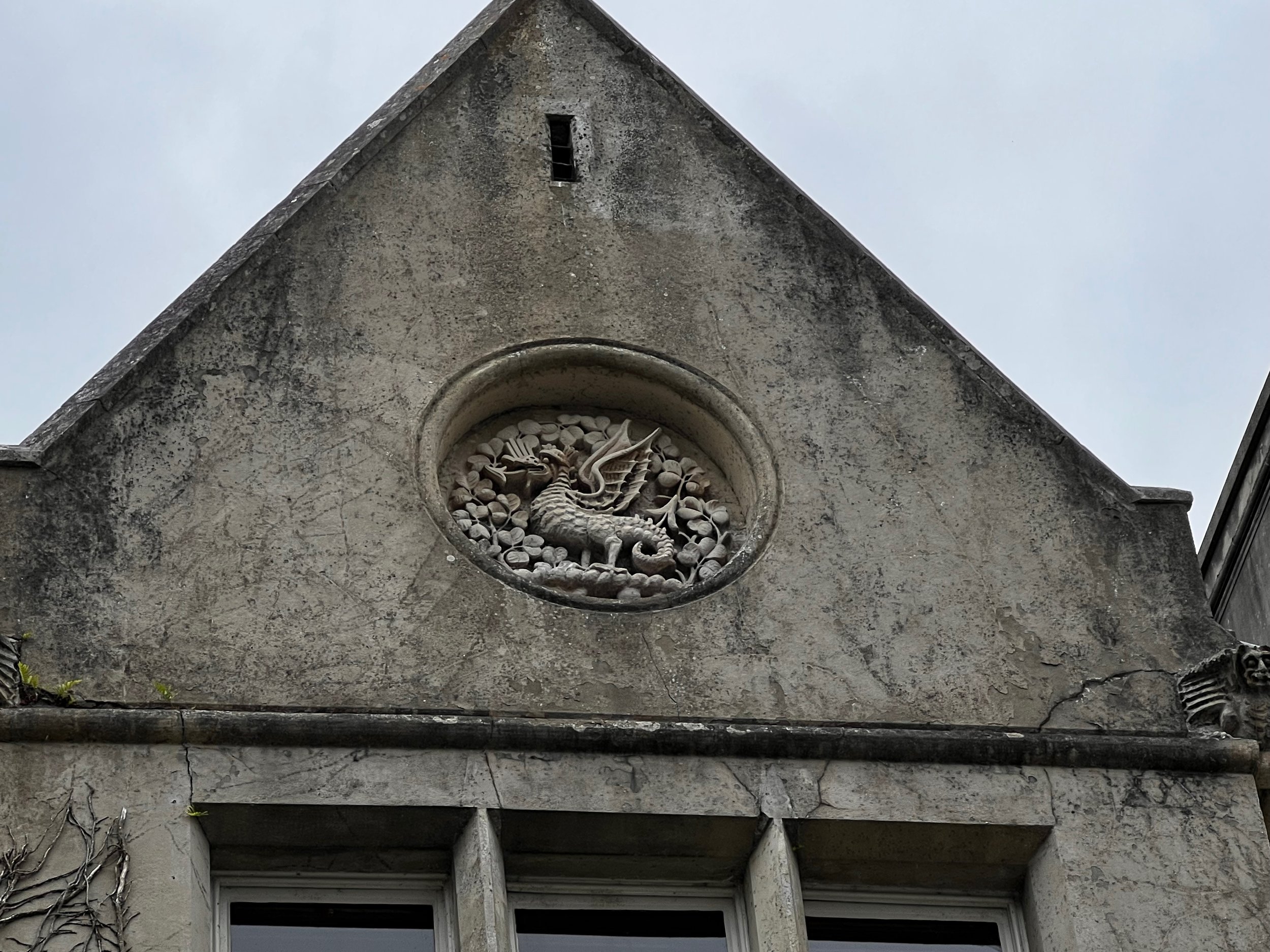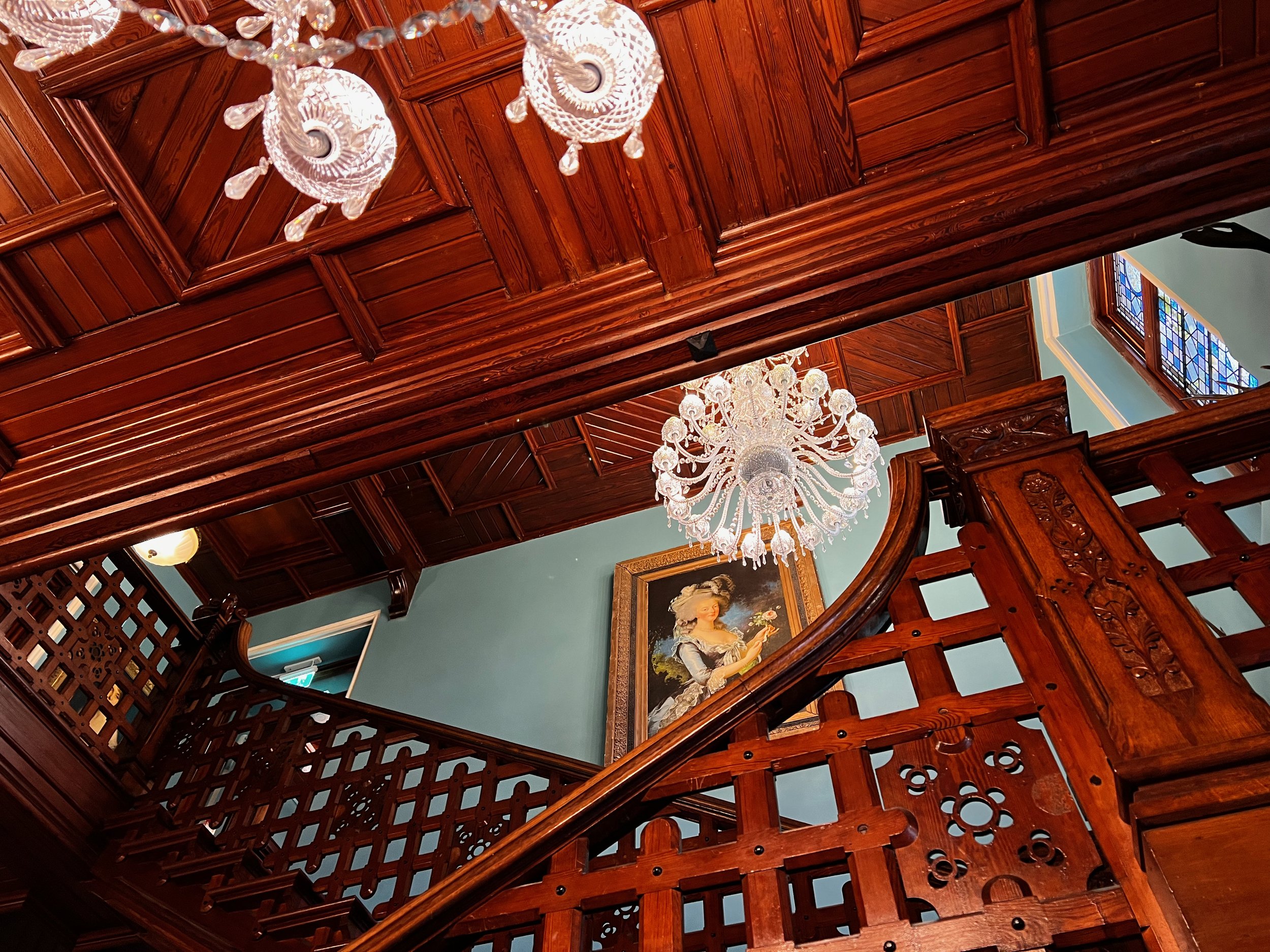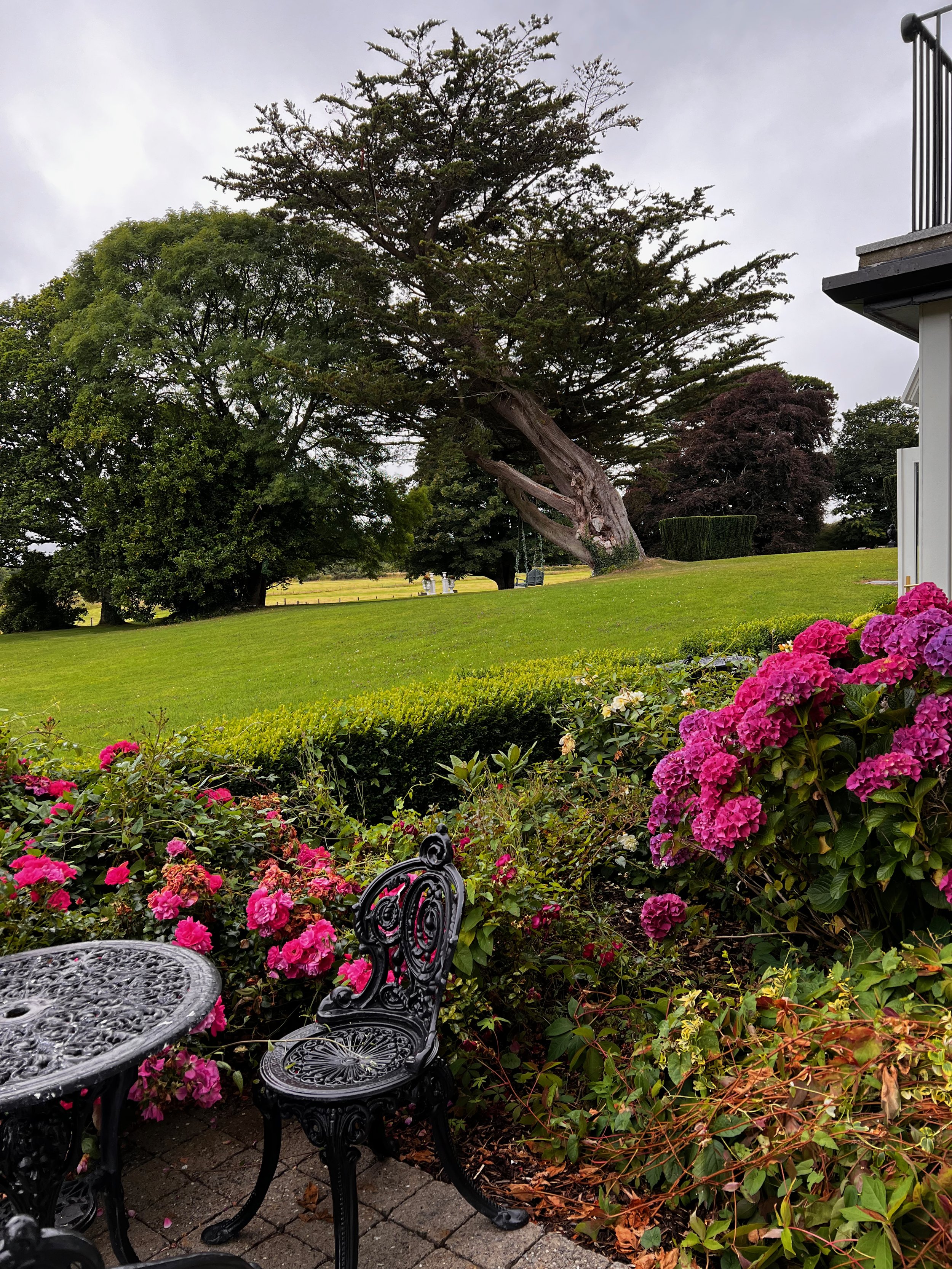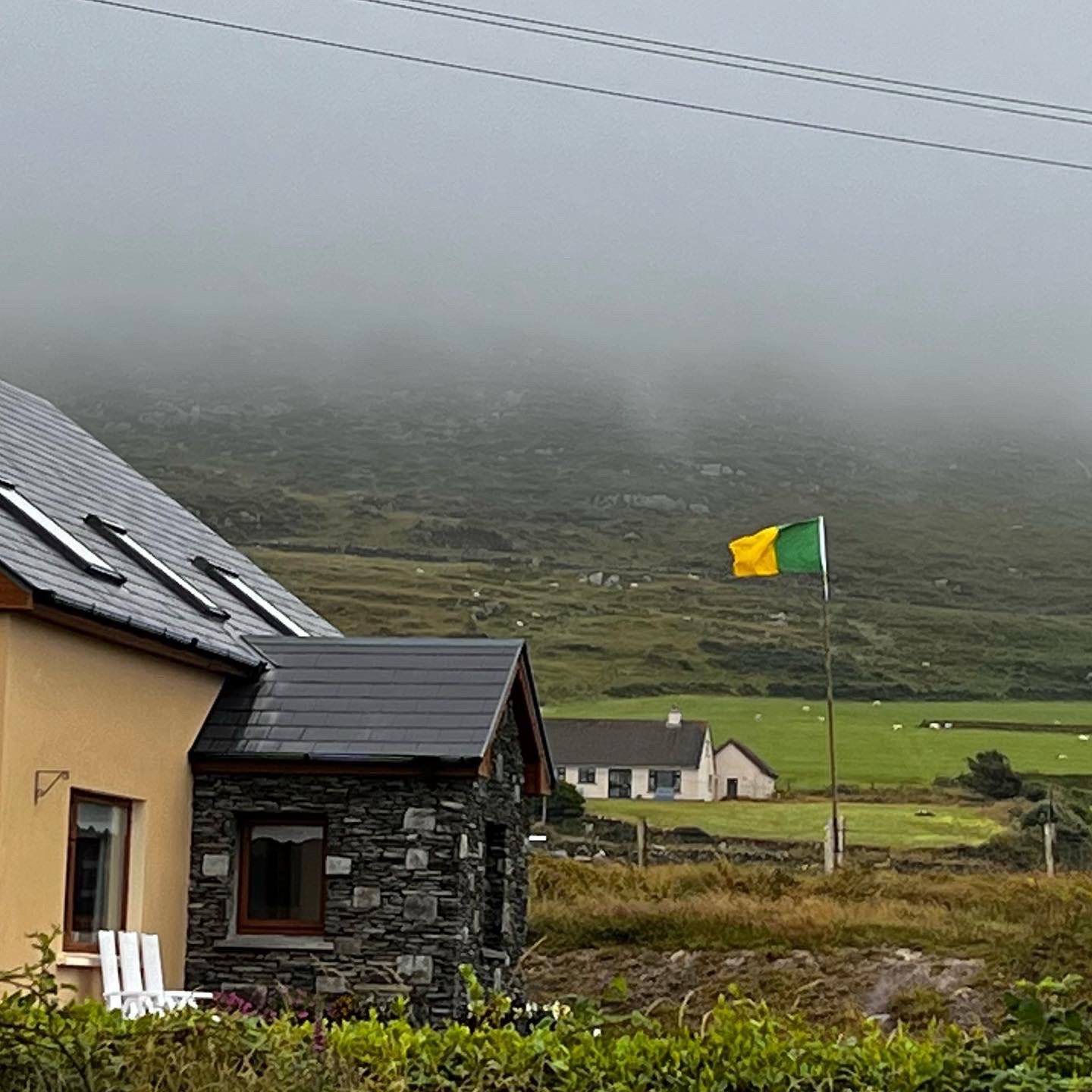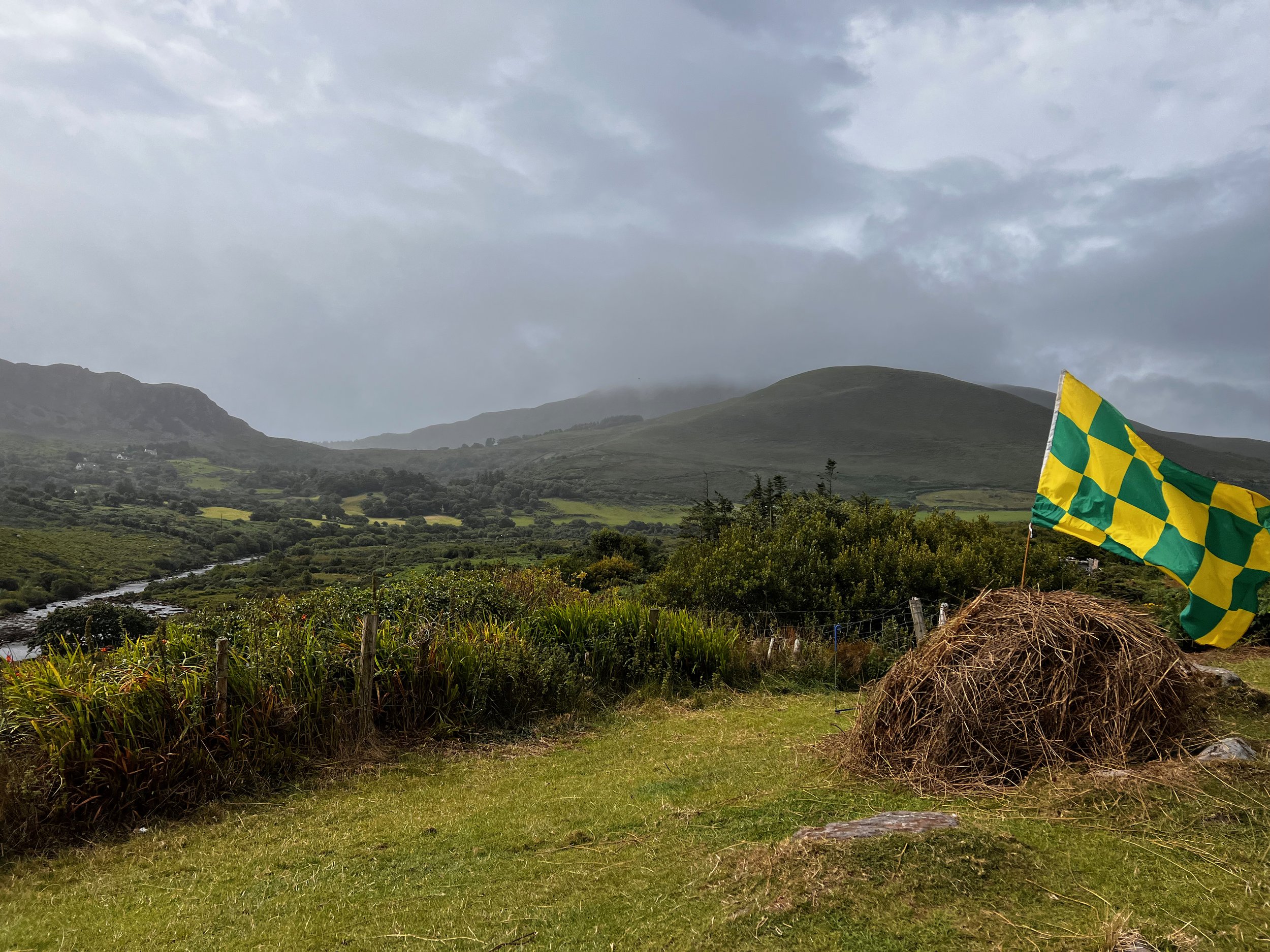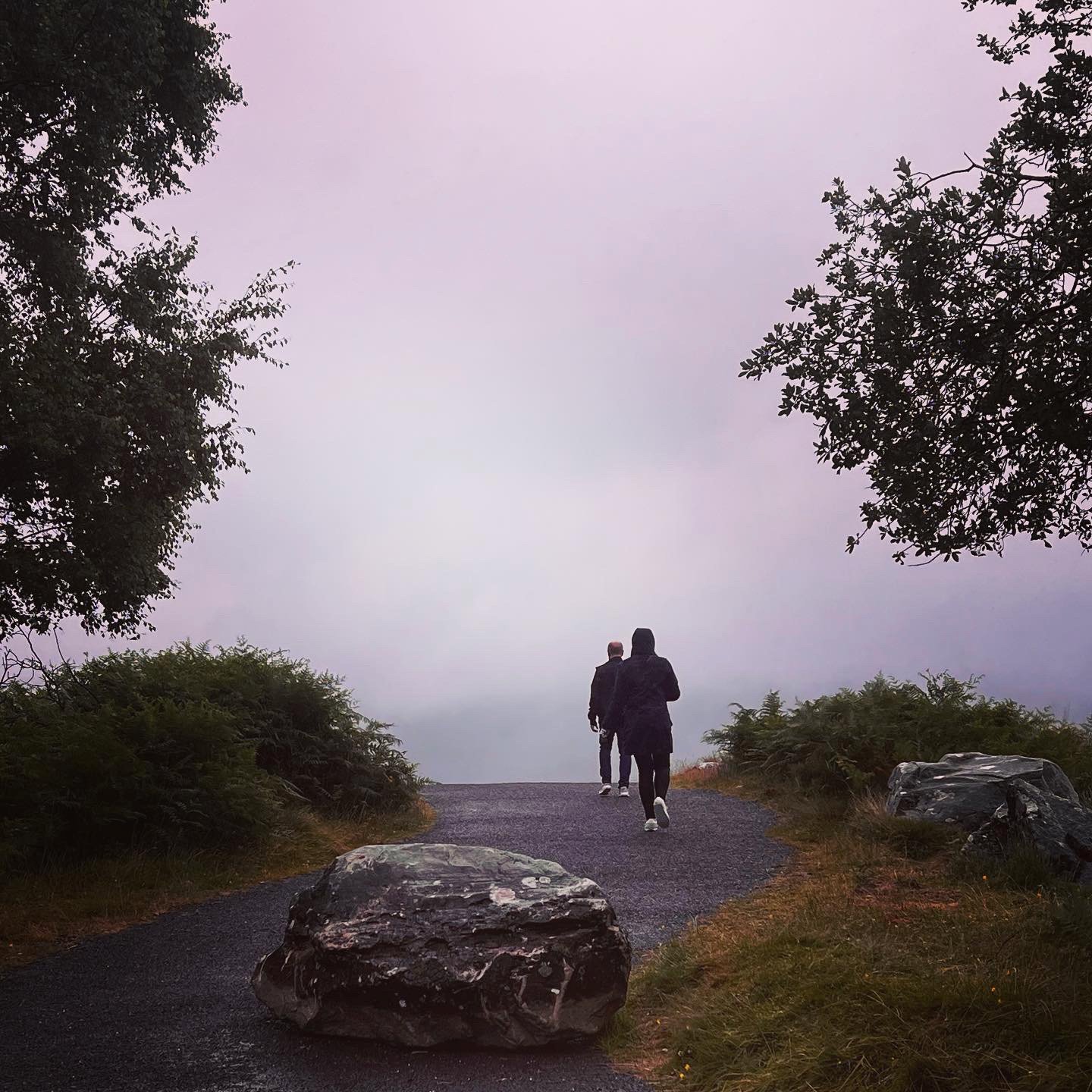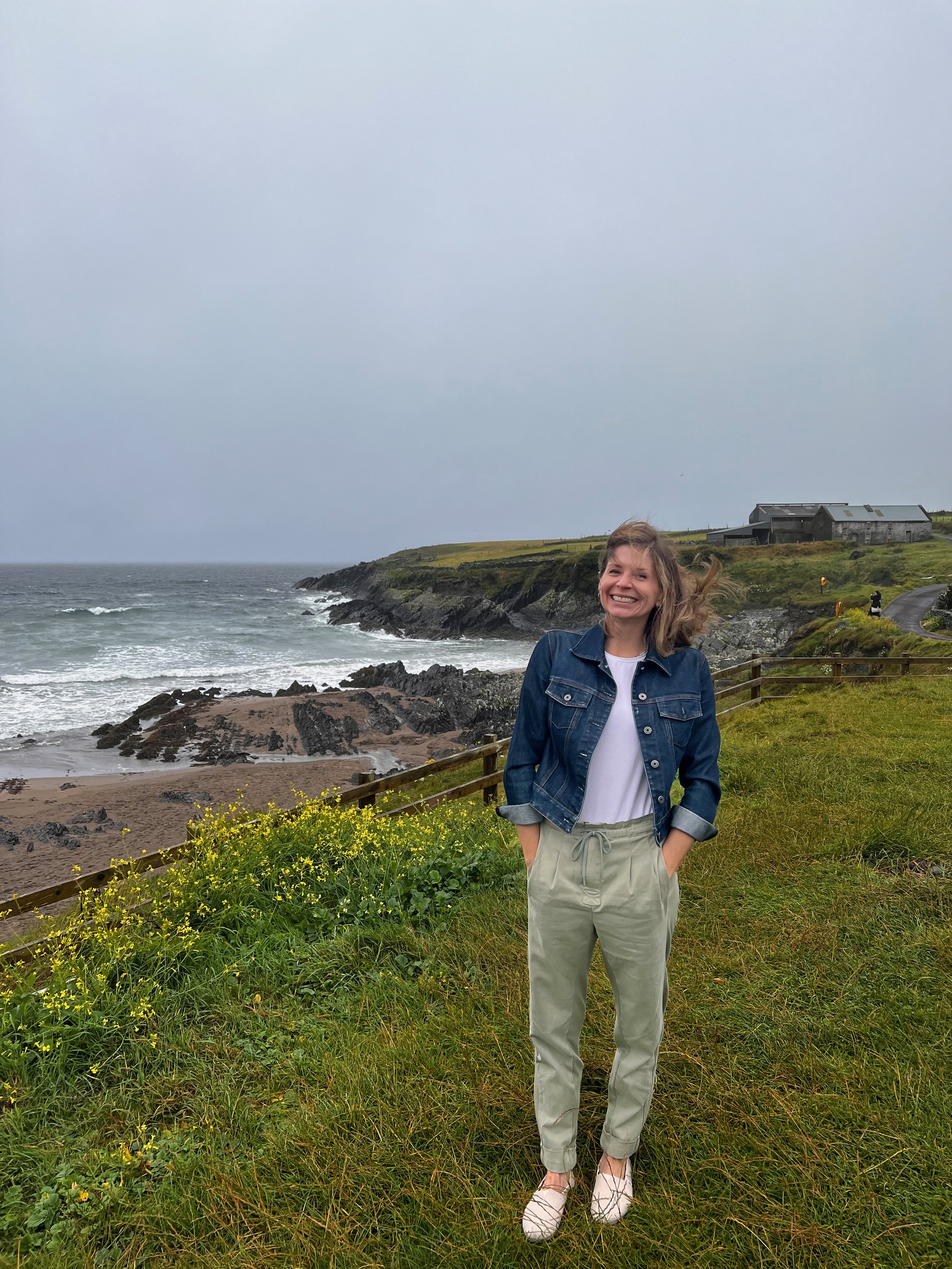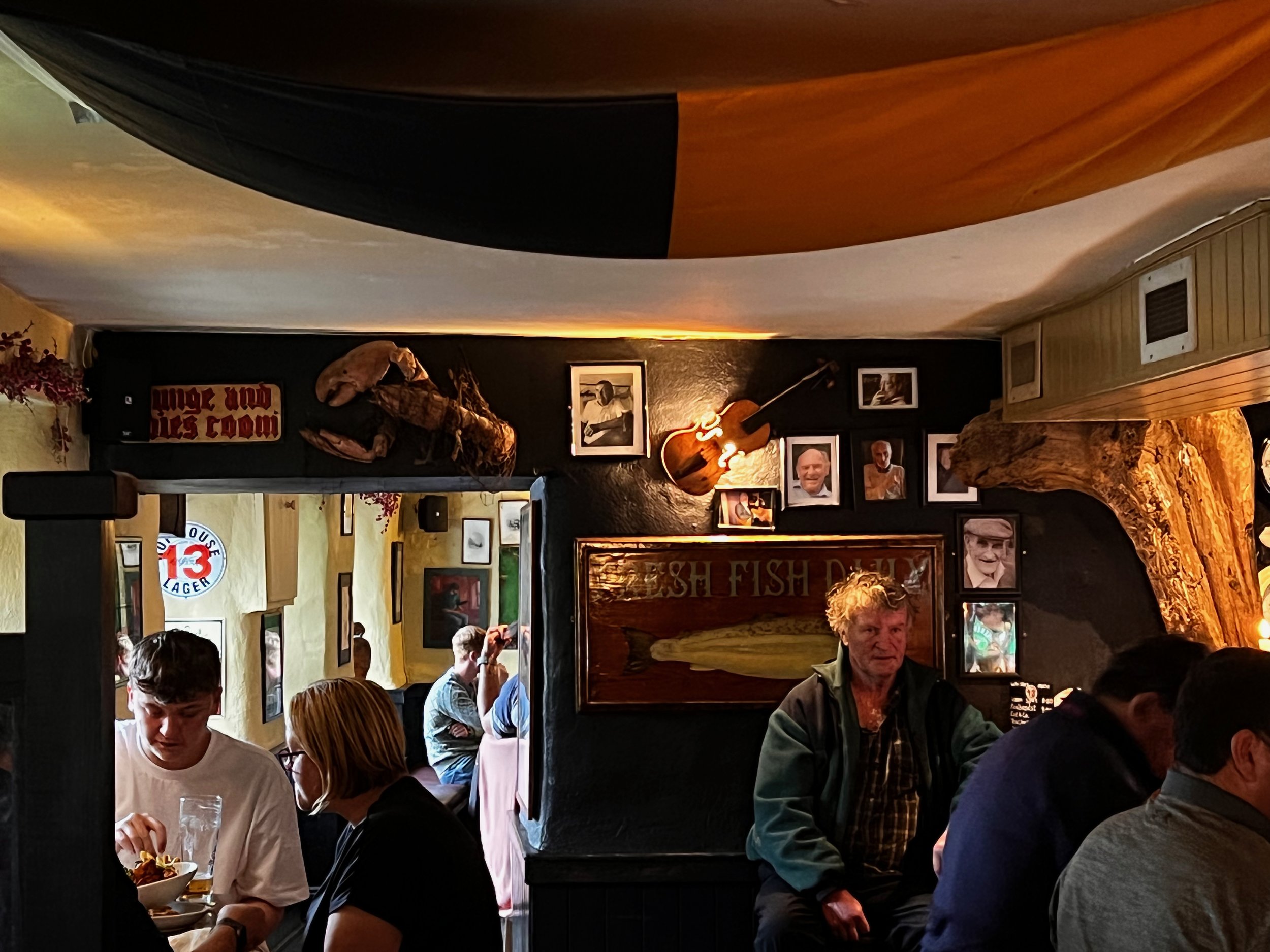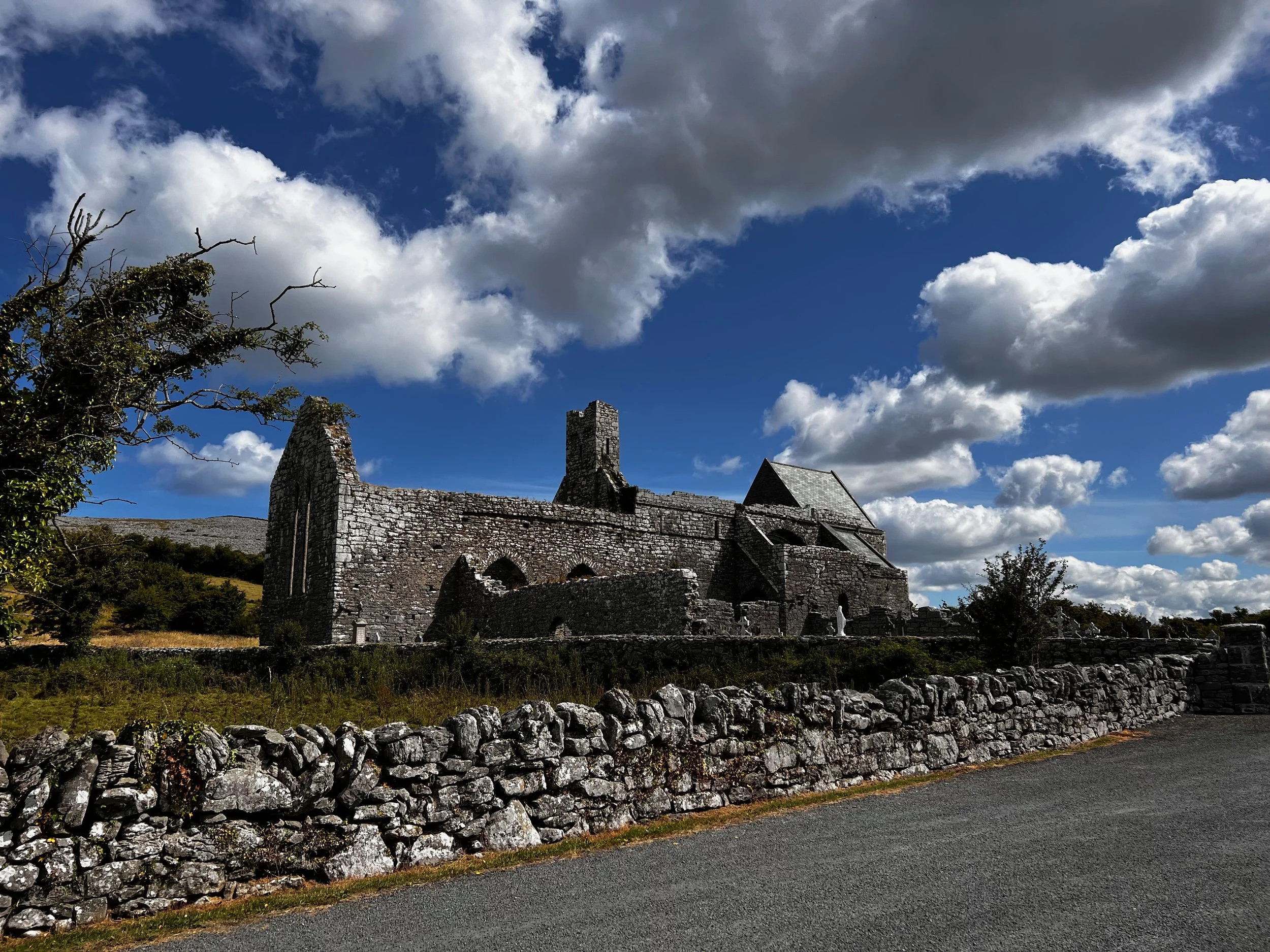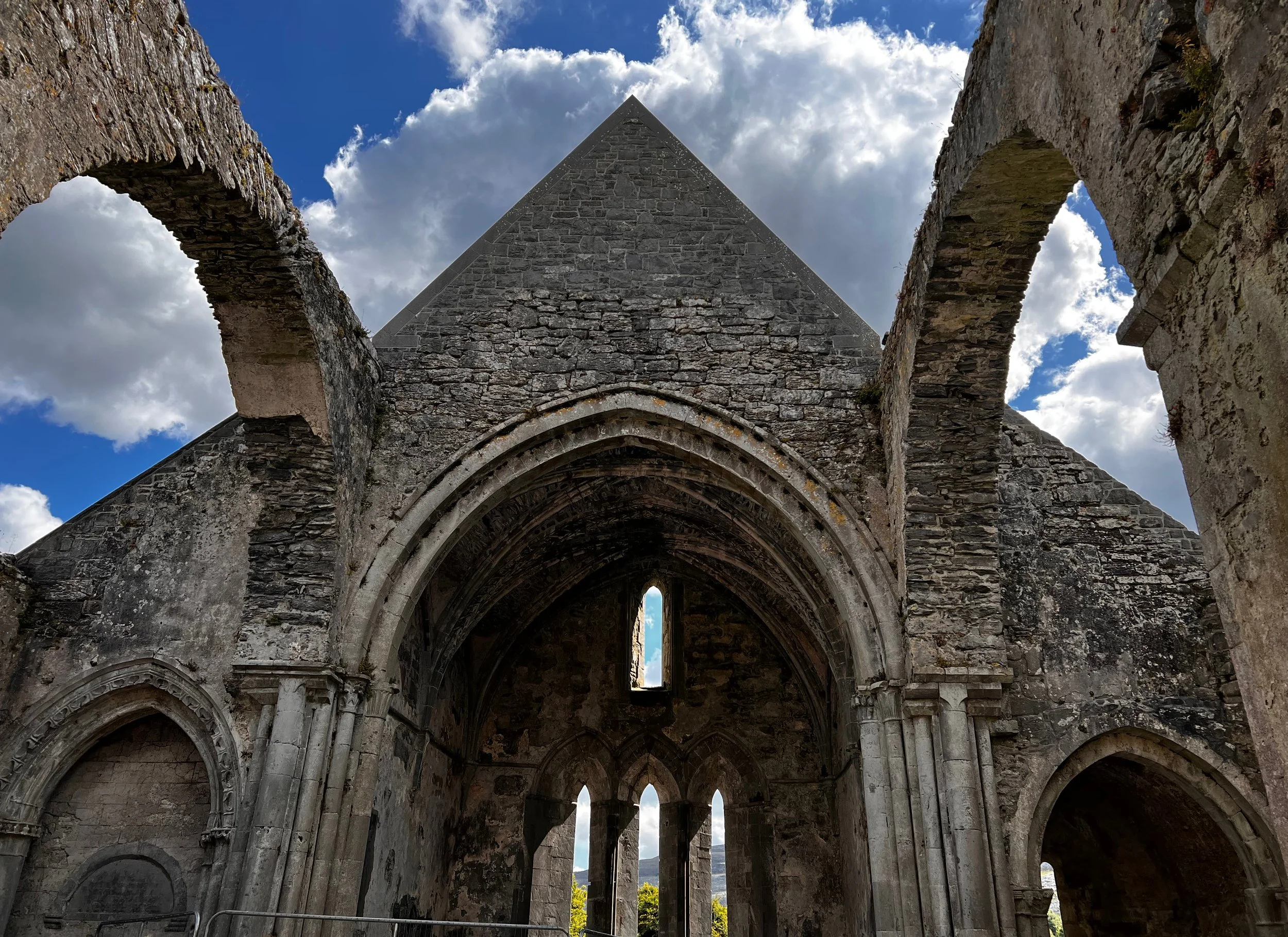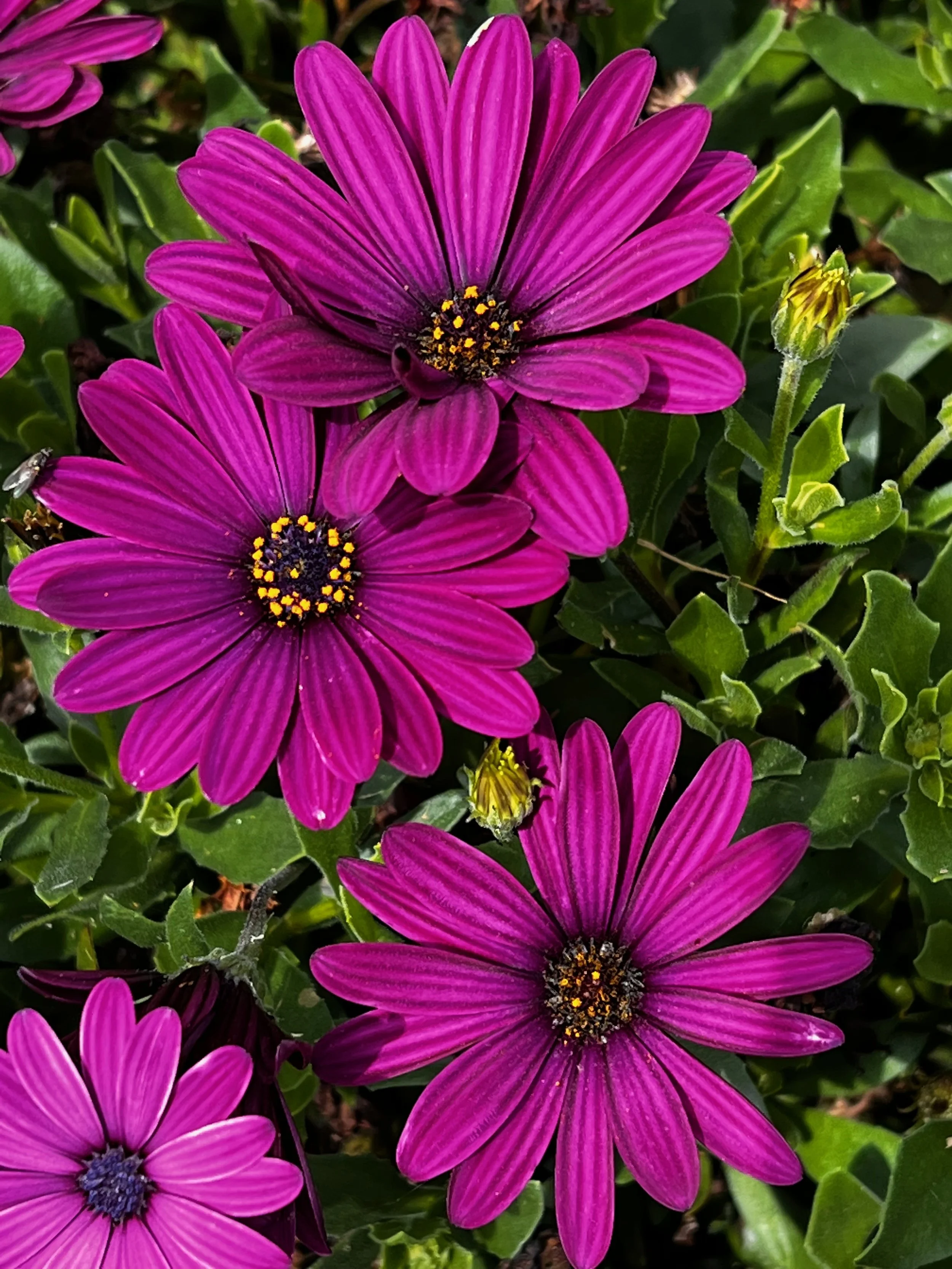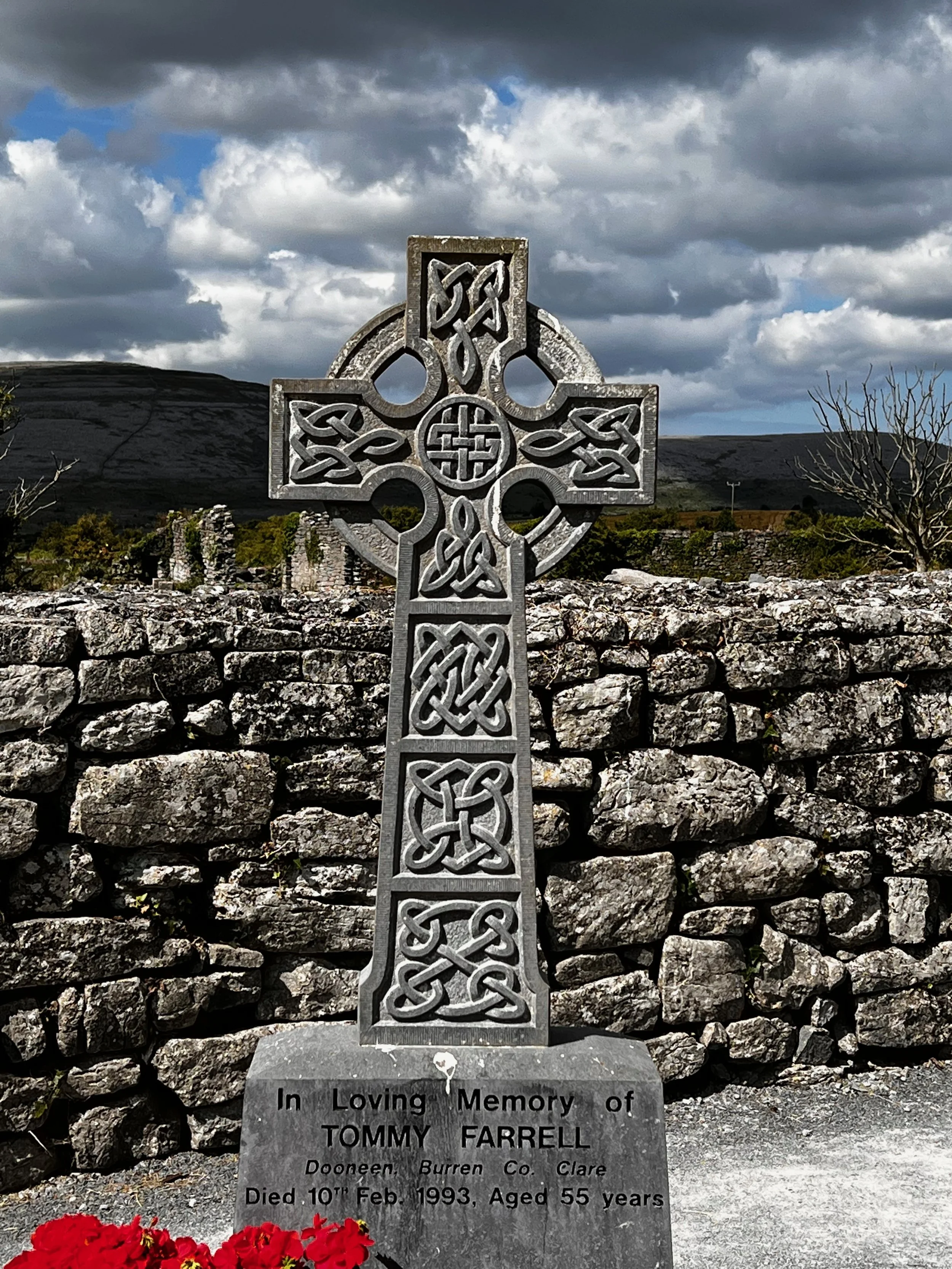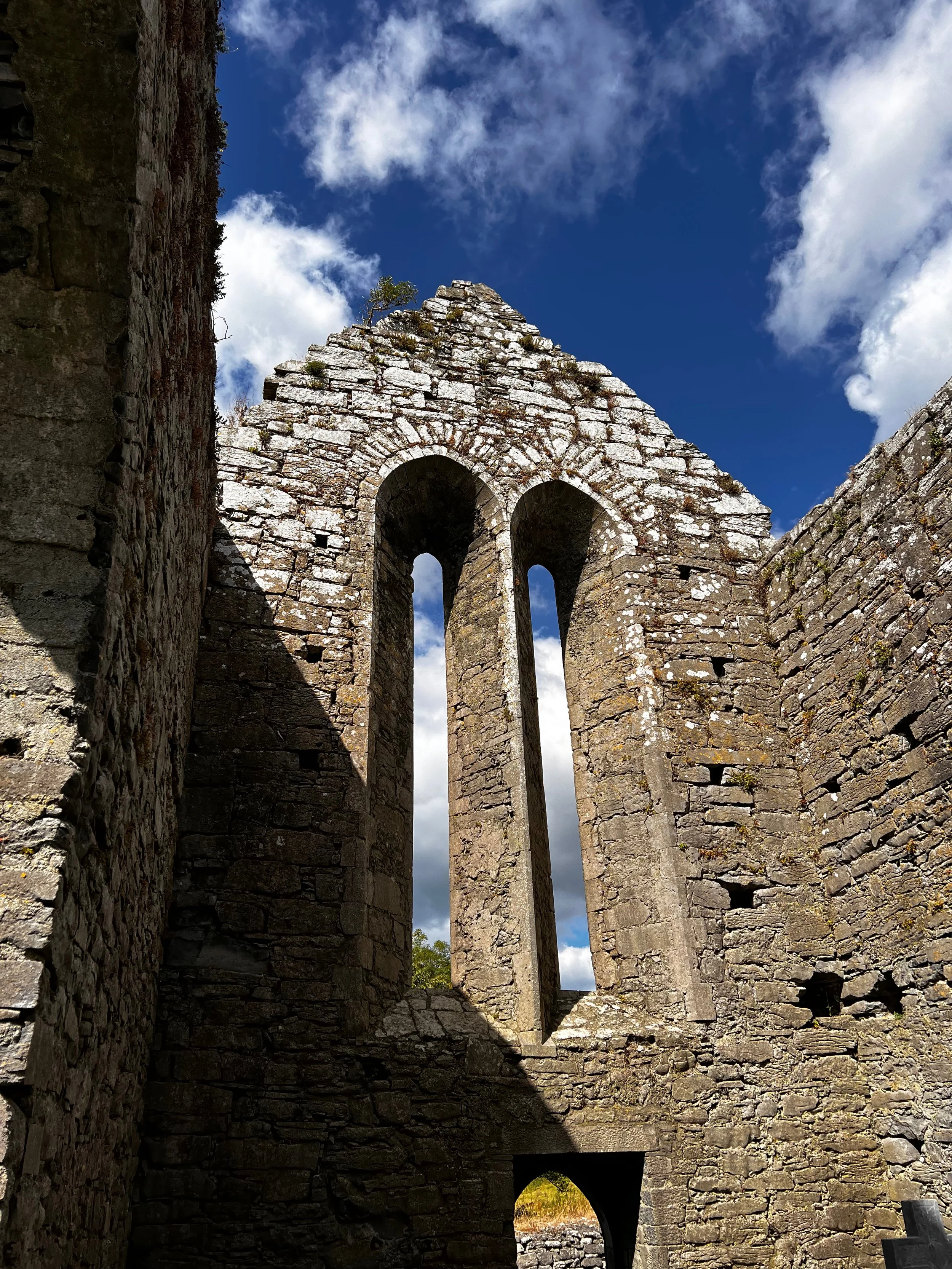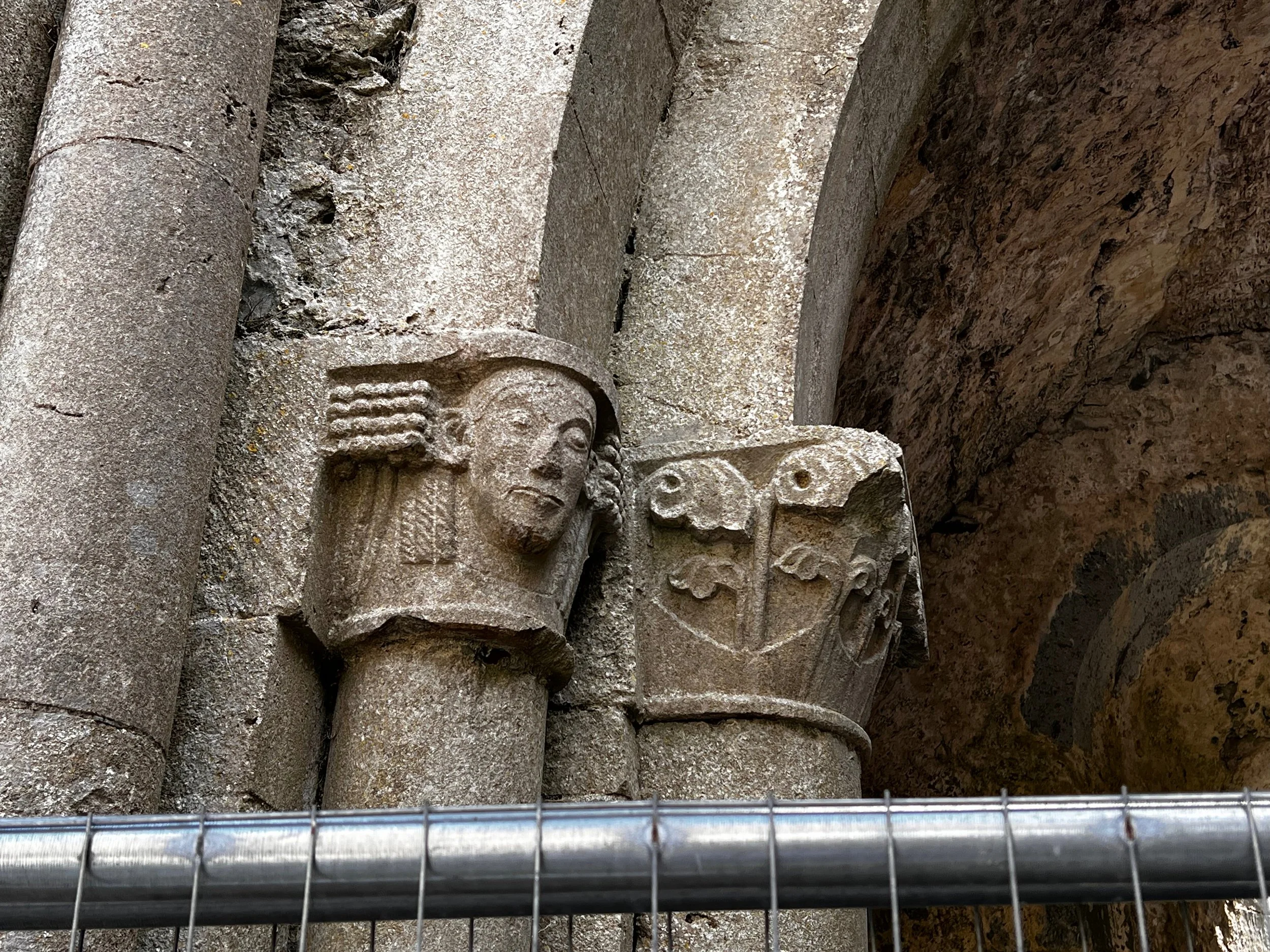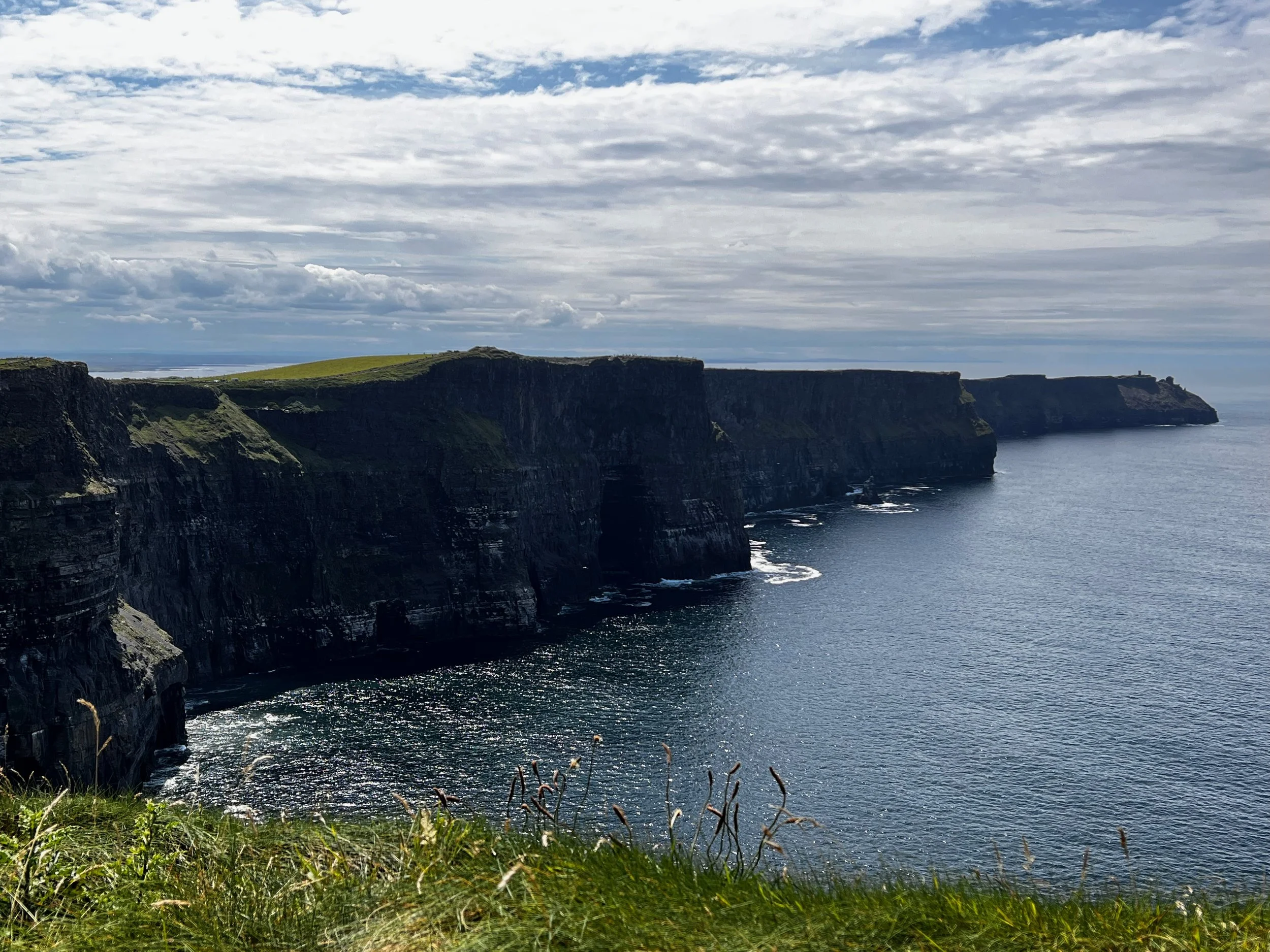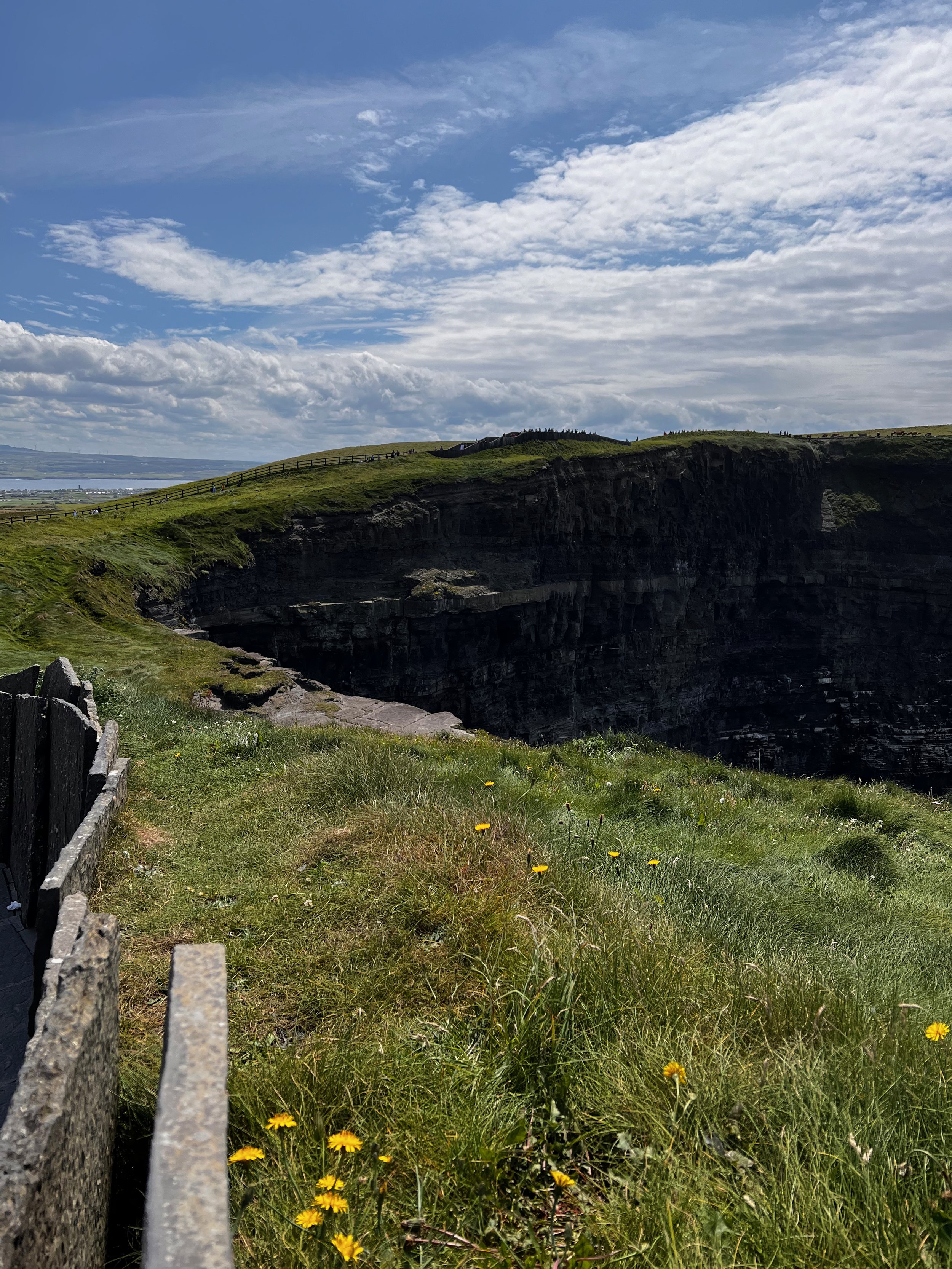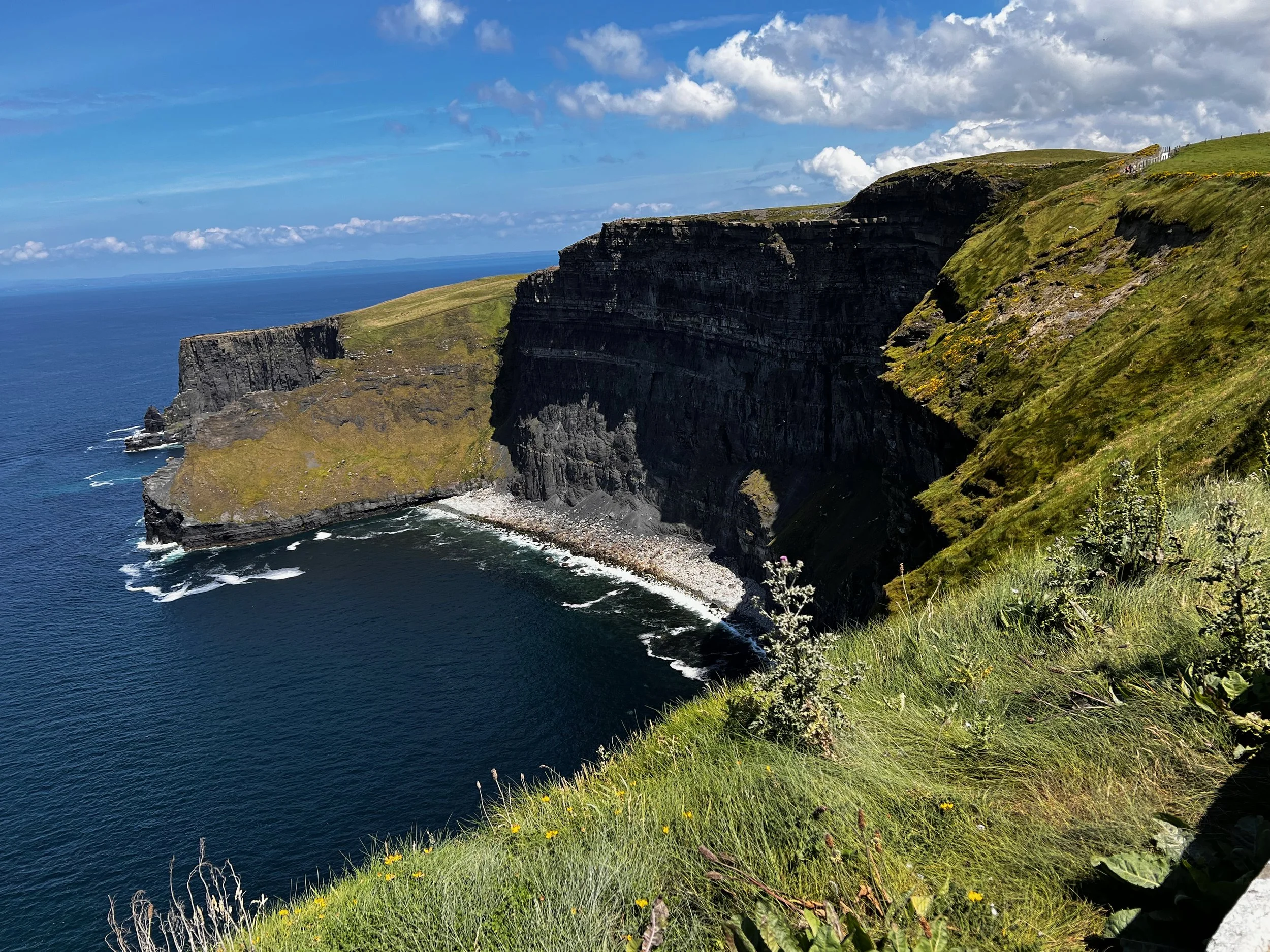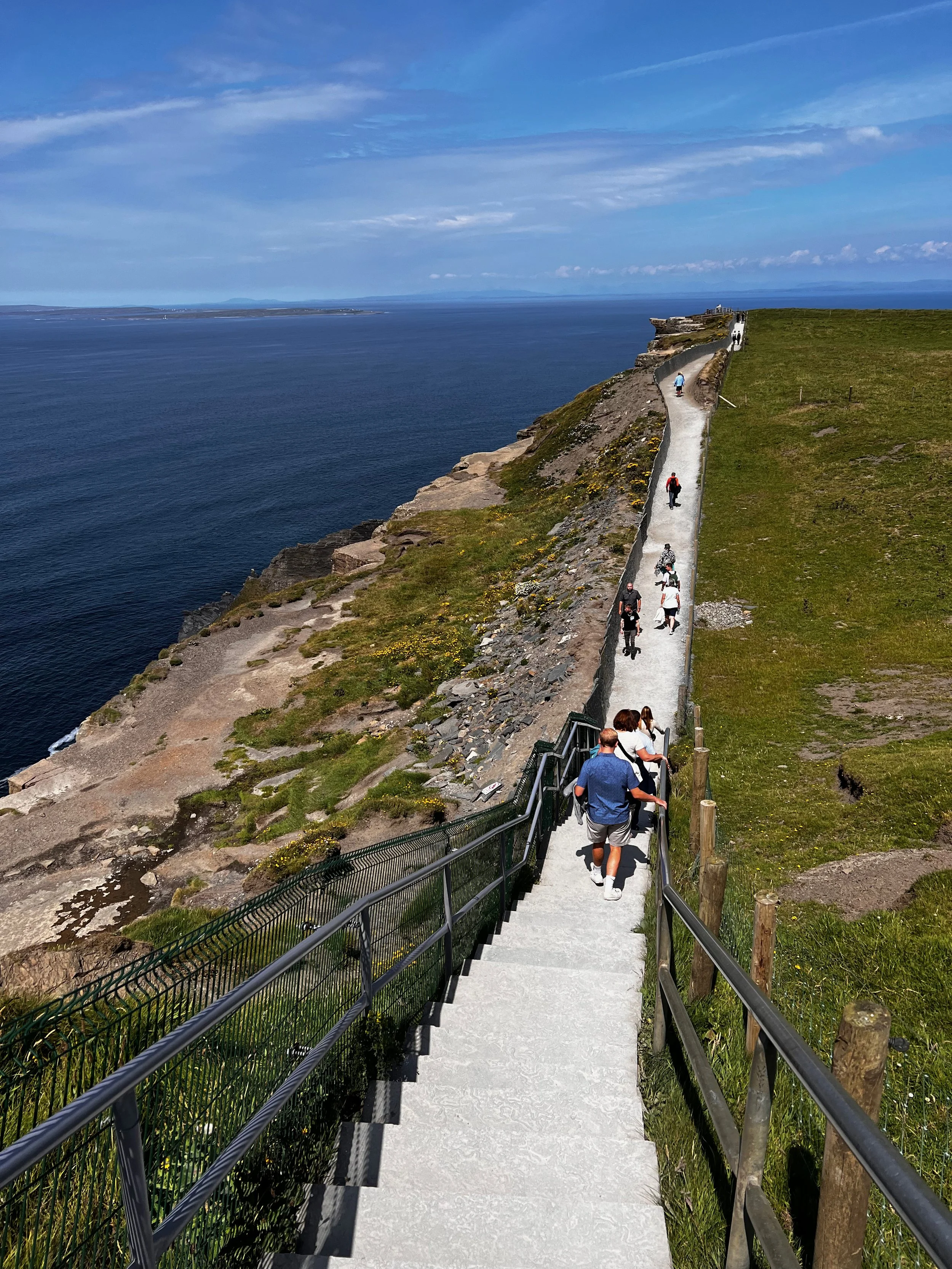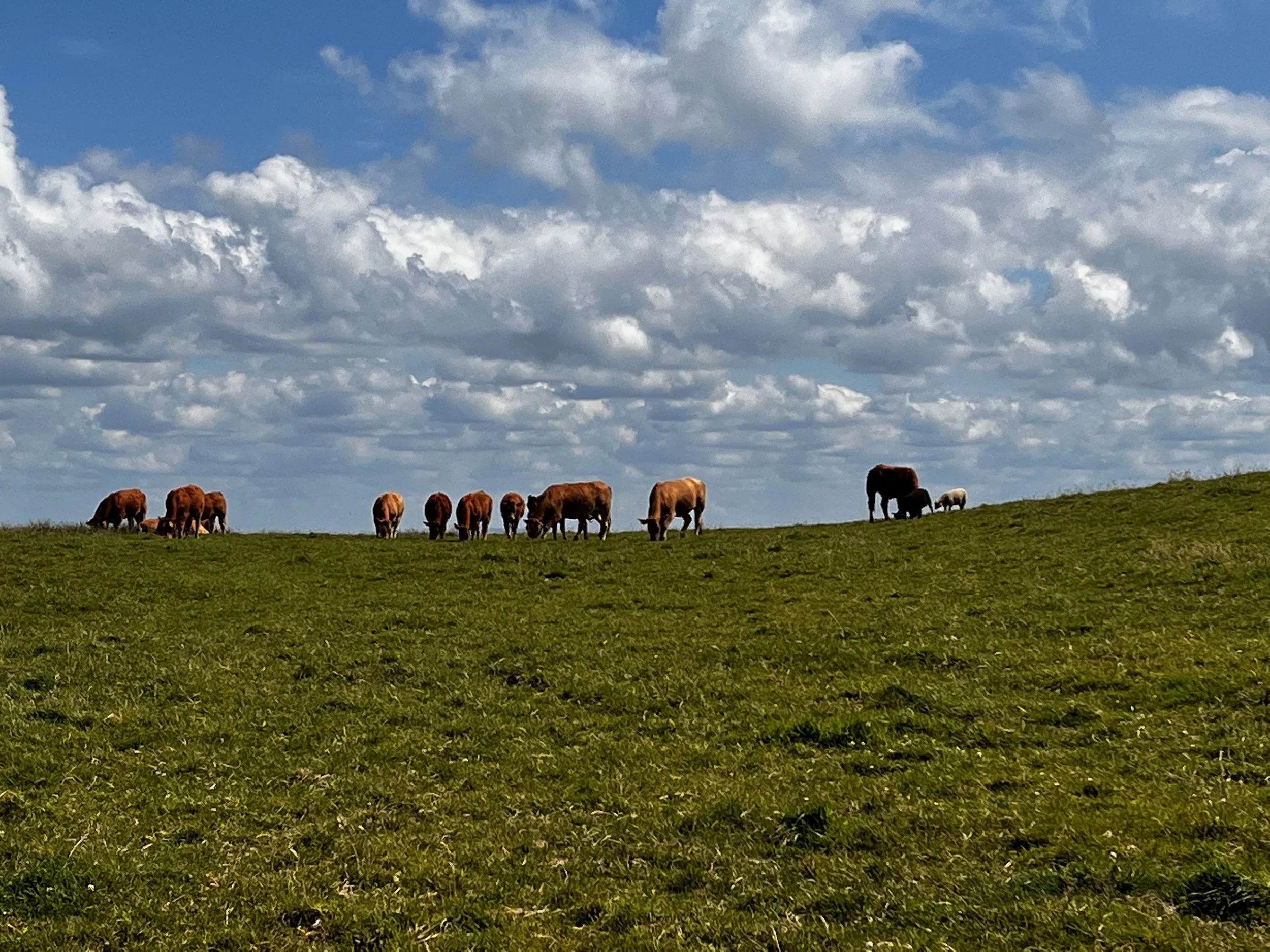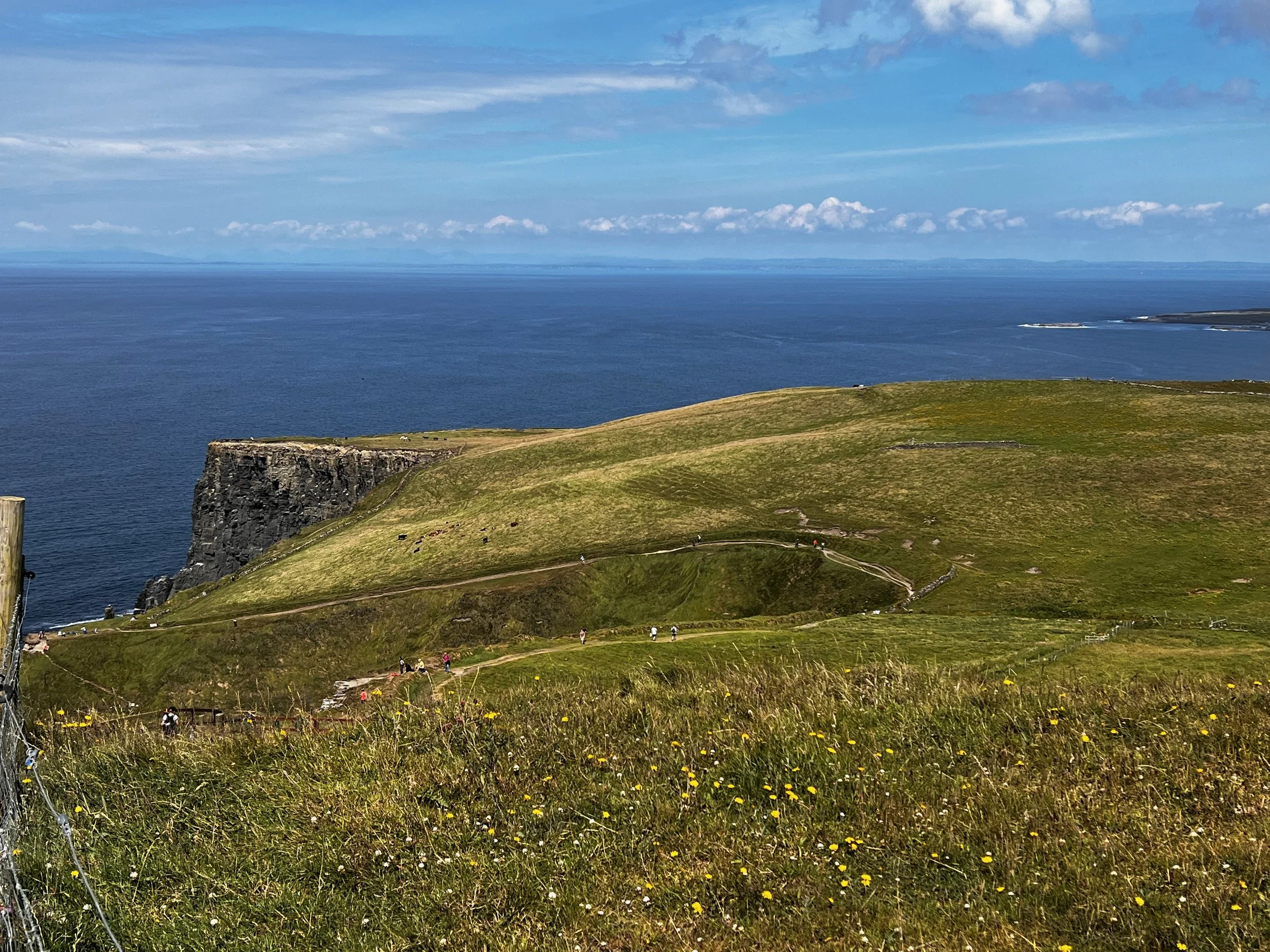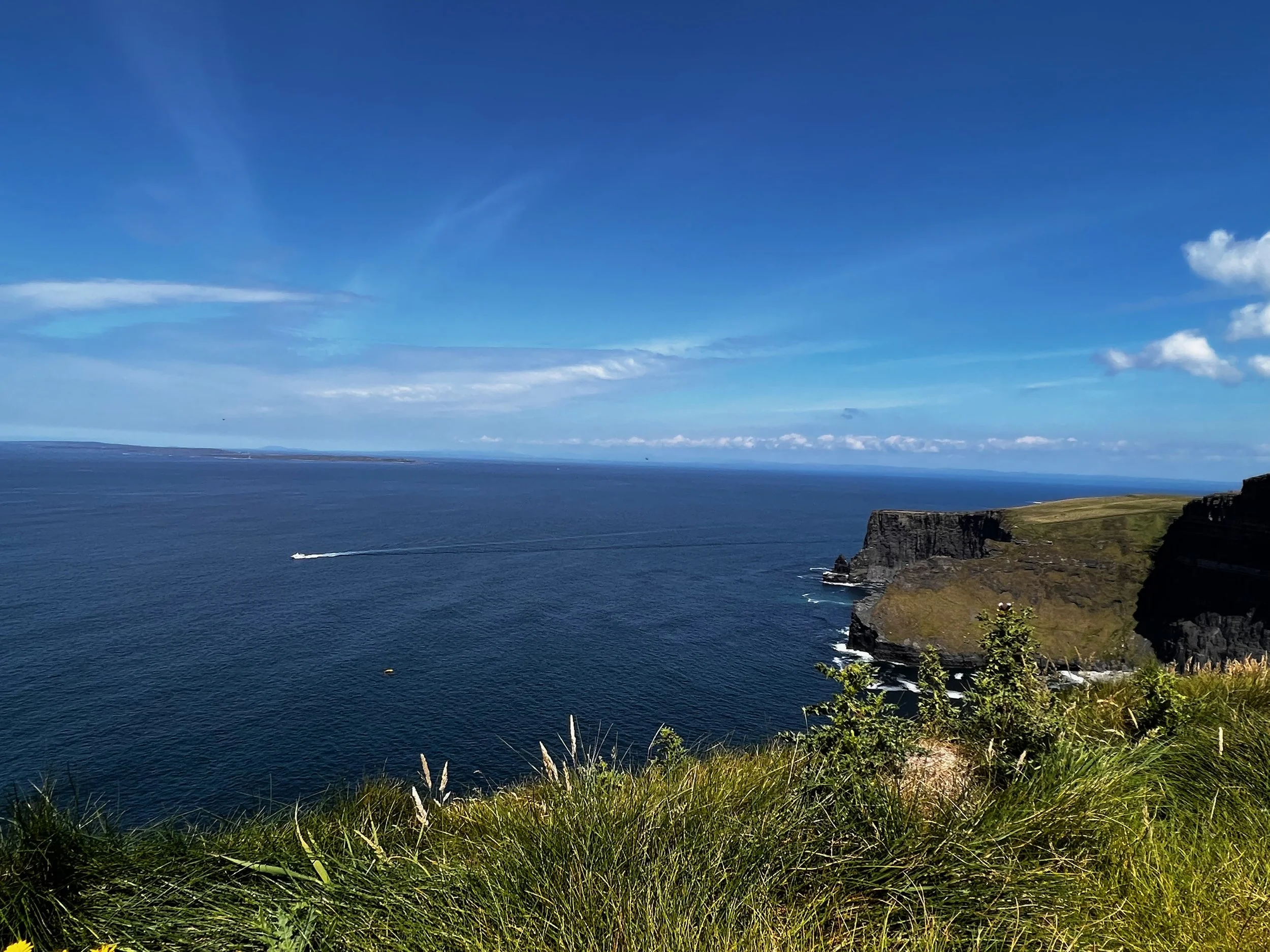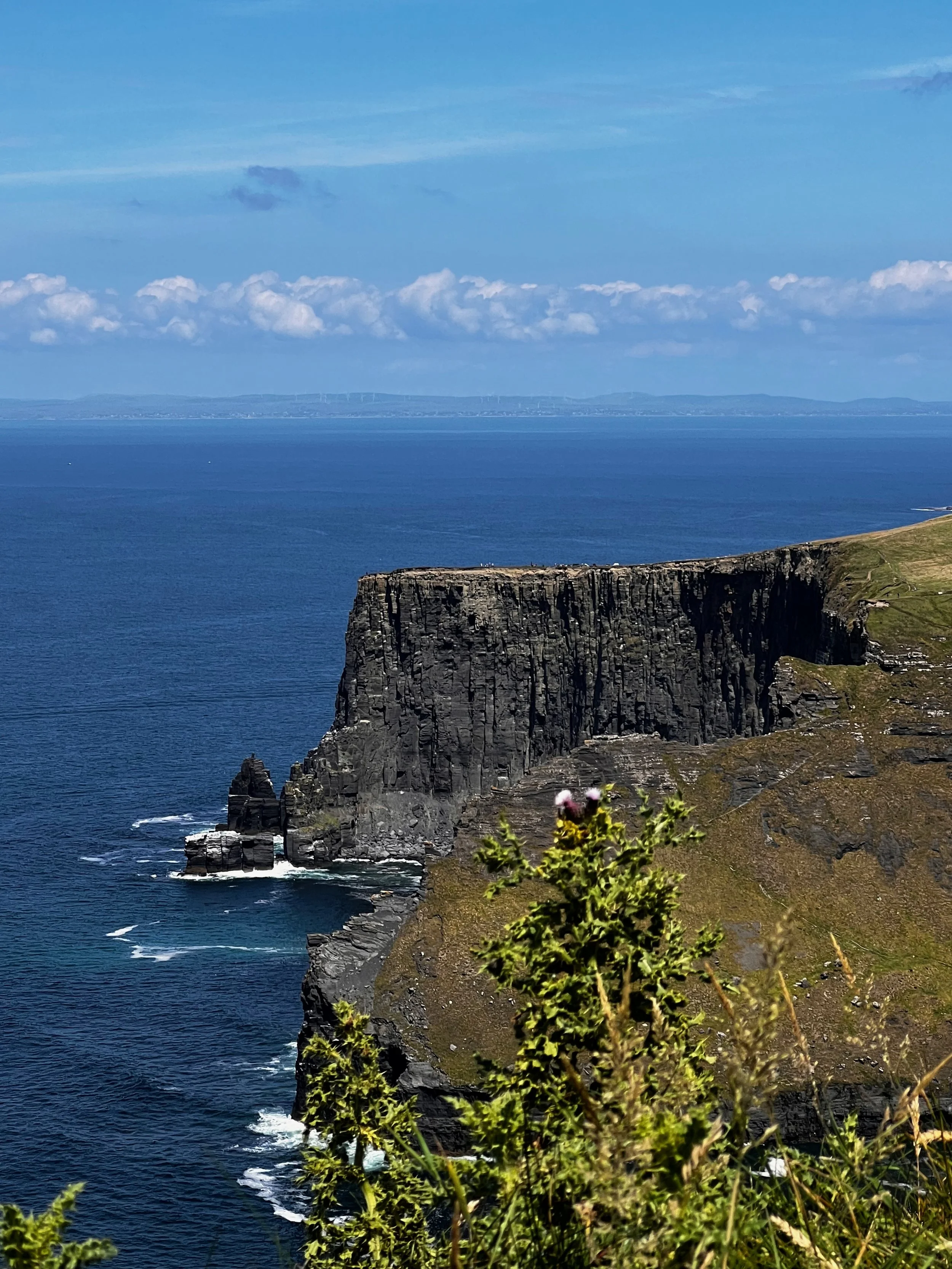Little good to say, so back to Ireland
/Jack still doesn’t have a physics teacher so we’ve hired one (if that is not antithetical to the mission of public education…), I just watched a professional dog walker let four pups pee and crap all over my front garden (non-yard green space is EVERYWHERE around), a guy laid on his horn this morning when I stopped for a school bus letting elementary schoolers board, and I was nearly hit by another driver who seemed to feel it her right to turn left because she wanted to. Italy has elected a hard-core right-winger who cozies up to people like Steve Bannon, Berlusconi, and the other right-wing Italian political parties, trump is still not in jail, and high schoolers in VA are walking out en masse today because Gov Youngkin is trying to enact anti-transgender legislation. You go, students! I am totally with you!
I am really pretty sick of all this crap, and I am also sick of mosquitoes and still heartbroken over Federer’s retirement.
So, back to Ireland. We paused as I was about to share Day 6 of my Ring of Kerry tour. We began by driving through Cahersiveen, home of Monsignor O’Flaherty, a significant member of the Catholic resistance to Nazism during WWII. He was responsible for saving ~6,500 Allied soldiers and Jews! Thank you, Sir!
Then to Killorglin where, every August, the Puck Fair is held. As I learned, most Irish towns have annual festivals of which they are enormously proud. Killorglin’s is one of Ireland’s oldest festivals and involves men heading into the local mountains to capture (kindly) a wild goat and bring it back to town. There, a chosen girl anoints the goat king (King Puck), it is tied in the center of the festivities, and everyone drinks and celebrates (and cares for the goat) for three days. The goat is then returned to the spot it was found and released.
Signs were everywhere, for the Fair was quickly approaching. I was quite sorry to miss it, frankly, but maybe another time. As you can see in this article and the following photo from said article, it was extremely hot at this year’s festival and King Puck received hourly vet visits and plenty of cold water and shade. Delightful!
I do regularly wonder if the chosen goat is enormously confused during its three days away from its flock, if it is then happy to return, and if the others know and/or miss it during its absence. Hmm.



